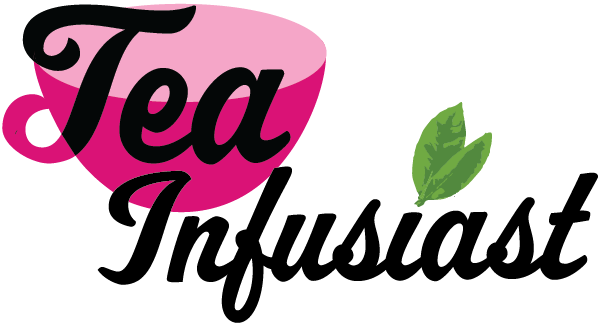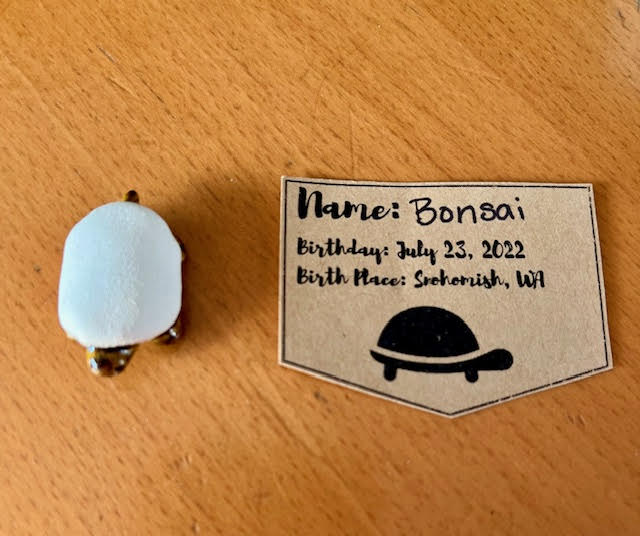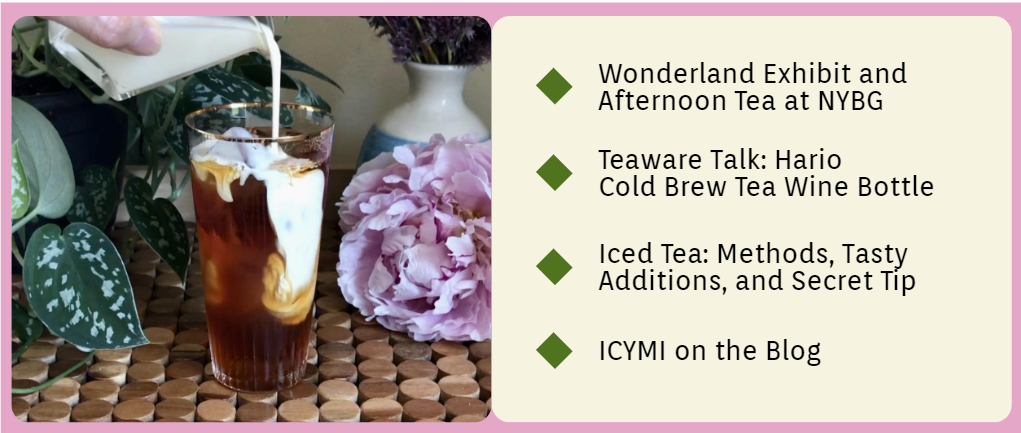This post explains how I understand a gratitude practice and why I am offering a meditation and gratitude series that begins on September 13, 2024.
Why a gratitude series?
I avoided starting a gratitude practice for years. I mistakenly believed that consciously embracing gratitude involved denying or downplaying the hard and painful parts of life. In fact, I have heard people talk about gratitude that way. Some have suggested that it trumps or should dissolve most pain and hardship.










